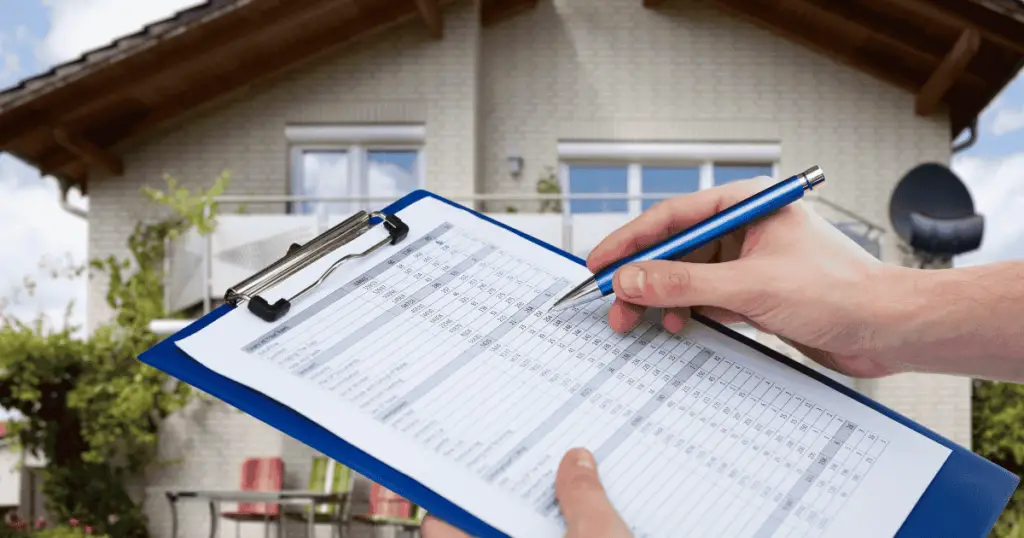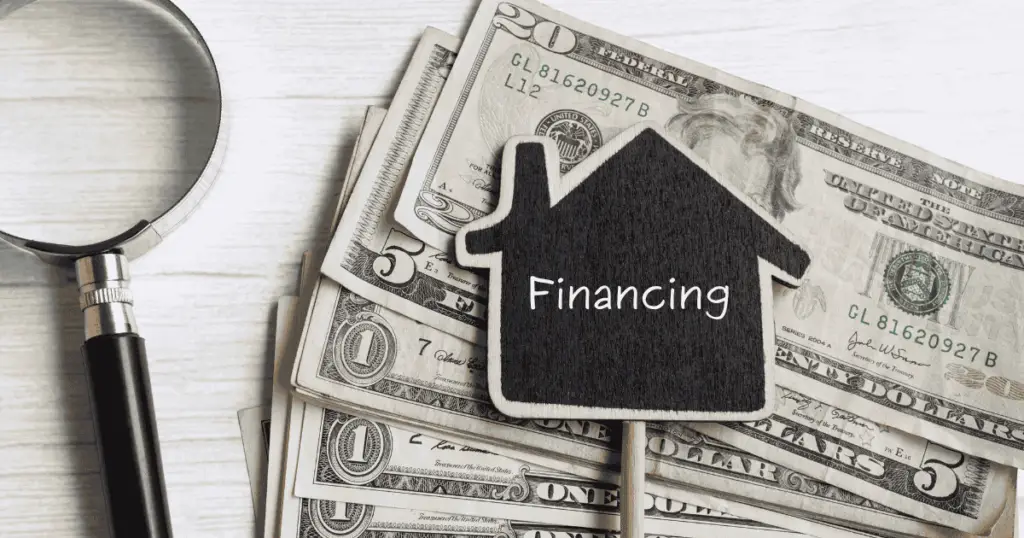
Selling property for the first time can feel overwhelming. The steps you take along the way, from pricing your property to negotiating offers, can determine the final sale price. But don’t worry! This guide is here to break the process down into manageable steps, giving you the tools to confidently sell your property.
Whether you’re upgrading to a larger property, downsizing, or simply looking for a change, here’s everything you need to know to go from listing to closing like a seasoned seller.
Step 1: Preparing Your Property for Sale

Before putting your property up for sale, it’s a good idea to make it as attractive as possible to potential buyers.
Start by decluttering and depersonalizing your space. Remove excess furniture, family photos, and personal items to create a neutral and clean environment that allows buyers to envision themselves living there. If possible, consider hiring a professional stager to highlight your property’s best features and enhance its overall appeal.
Next, address any necessary repairs and improvements. Fix cracked tiles, squeaky doors, or leaky faucets that could deter buyers. A fresh coat of paint in neutral tones can make your property feel modern and inviting. Pay special attention to curb appeal by trimming bushes, tidying up the lawn, and adding vibrant flowers to create a welcoming first impression. For instance, a well-maintained exterior sets the stage for a positive viewing experience.
A deep clean is also essential before showings. Focus on every detail, from sparkling windows to fresh carpets and spotless bathrooms. A clean, well-kept property signals to buyers that it has been well cared for. This increases their confidence and reduces second-guessing.
Finally, gather all necessary documents, including any permits for recent renovations, warranties, and property deeds. Having these readily available streamlines the selling process and demonstrates transparency and readiness, making buyers feel more secure in their decision.
Step 2: Setting the Right Price

Determining the right price for your property is a critical step in attracting buyers and securing competitive offers. One of the best ways to ensure an accurate valuation is to consult a real estate agent with expertise in your local market. A good real estate agent will research current market trends in your area, analyze recent sales of similar properties, and provide a realistic price range for your property.
When setting your listing price, consider the unique features and overall condition of your property. Upgrades and renovations can add value, but it’s important not to overprice your property, as this may deter potential buyers. A competitively priced property will generate more interest and could even lead to multiple offers.
Keep in mind that your initial listing price isn’t set in stone. If you notice little to no buyer interest after a few weeks, adjusting the price accordingly may be necessary. Staying flexible and open to negotiation can help you sell your property more effectively.
Pro Tip: Pricing your property too high can drive buyers away while pricing it too low might result in lost profit. Work closely with your real estate agent to establish a fair and competitive price that balances market demand with your financial goals.
Step 3: Listing and Marketing Your Property

By effectively listing and marketing your property, you increase the chances of attracting serious buyers and securing a successful sale.
If you haven’t already, consider hiring a real estate agent who has a strong track record in your local market. An experienced agent can provide valuable insights, handle negotiations, and maximize your property’s exposure.
Prepare for Listing
Before going live, make final touch-ups to enhance your property’s appeal. Simple improvements, such as fresh paint, updated fixtures, and minor repairs, can make a big difference in attracting buyers.
Create a Standout Listing
- Professional photography: High-quality images are essential for showcasing your property. Hire a professional photographer to capture stunning interior and exterior shots for online listings and marketing materials.
- Compelling description: Craft a well-written property description that highlights key features, including the number of bedrooms, bathrooms, and square footage. A strong description can make your property stand out to potential buyers.
- Virtual tour or video walkthrough: Consider adding a video walkthrough or 3D virtual tour to provide buyers with an immersive experience of your property.
Market Your Property
- Online platforms: Maximize your property’s visibility by listing it on social media marketing, paid advertising options, or major real estate websites such as Zillow, Realtor.com, and MLS.
- Traditional advertising: Use classic marketing techniques like placing a “For Sale” sign in your yard and distributing printed brochures in your local community.
- Open houses & showings: Hosting open houses and private showings allows buyers to experience your property firsthand. Ensure your property remains in top condition for scheduled visits.
Monitor and Adjust
- Track performance: Stay in close contact with your agent and monitor how your listing is performing. Be ready to accommodate showings and open houses.
- Review feedback: Pay attention to comments from potential buyers and real estate professionals. Constructive feedback can help you make necessary adjustments to your listing to improve your property’s appeal and marketability.
All of this can get overwhelming quickly. Fortunately, hiring a real estate agent will take most of these tasks off of your plate.
Step 4: Showing Your Property to Potential Buyers

As potential buyers express interest in your property, you should make the showing process as smooth and convenient as possible. Be flexible with scheduling to accommodate buyers’ preferred timeframes, as this increases your chances of securing a sale. Ensure your property is spotless, well-lit, and properly staged before each showing to create a welcoming and appealing environment.
During showings, allow buyers to explore your property freely. Sellers typically leave the property during a showing to provide privacy, but you should remain nearby (or at least near a phone) in case questions arise. Be prepared to provide details about your property’s history, recent upgrades, and neighborhood amenities. You may also want to highlight unique features that set your property apart from others on the market.
NOTE: The more flexible and accommodating you are with showings, the higher the chances of selling your property quickly and at a desirable price.
Step 5: Negotiating Offers and Counteroffers

Once you get an offer on your property, you officially enter the negotiation phase. Carefully review each offer with your real estate agent, taking into account the price, and closing timeline. Some buyers may include contingencies, such as “subject to financing approval” or “pending the sale of their current property.” These can impact the timeline and certainty of the sale.
If the offer meets your expectations, you can accept it as is. However, if it’s below your desired range, you have the option to make a counteroffer.
During negotiations, be open to compromise and work toward a solution that benefits both parties. Your real estate agent or attorney can provide valuable guidance to help you understand the legal and financial implications of each offer.
NOTE: Negotiations may involve multiple rounds of counter-offers before reaching a final agreement. The more flexible and strategic you are during negotiations, the higher the likelihood of selling your property quickly and at a favorable price.
Step 6: The Property Inspection Process

Once you accept an offer, the buyer will typically schedule a property inspection. The goal of this inspection is to assess the overall condition of your property and identify any potential issues or necessary repairs. Expect the inspector to conduct a thorough examination of your property’s structure, electrical systems, plumbing, HVAC, and other key components.
During the inspection, it is best to give the buyer and inspector privacy to complete their assessment. If the inspection reveals any issues, be prepared to address necessary repairs promptly to prevent delays in the closing process. Depending on the findings, the buyer may request repairs, negotiate a price reduction, or ask for other concessions.
Step 7: Appraisal and Financing

After the inspection, the buyer’s lender will order an appraisal to determine the fair market value of your property. The appraiser will evaluate the property’s condition, location, and recent comparable sales in the area. This step is essential for the lender to ensure the property’s value justifies the loan amount being requested.
If the appraisal comes in lower than the agreed-upon purchase price, renegotiation may be necessary. The buyer may need to cover the difference in the purchase price out of pocket, request a price reduction, or explore other financing options. The buyer may also contest the appraisal by requesting a re-evaluation or providing comparable sales to support a higher valuation. However, if the appraisal meets or exceeds the purchase price, the financing process can proceed without complications.
Certain loan types require a home to be move-in ready. In these instances, the appraiser can actually notate necessary repairs that must be completed before the loan is approved. While a home inspection is designed to provide peace of mind to the buyer, an appraisal usually looks out for the lender.
Step 8: The Closing The Deal

This is the final step in selling your property. It involves signing the necessary legal documents, transferring ownership, and receiving the proceeds from the sale. Essentially, a closing agent or attorney facilitates this process, ensuring all paperwork is completed accurately and in compliance with legal requirements.
During this stage, both parties will settle any outstanding financial obligations, sign the deed, transfer the title, and record with local authorities. This ensures the buyer officially becomes the new owner.
The buyer will transfer the remaining funds, including the down payment and closing costs.
Once all documents are signed and funds are transferred, the sale is officially complete, and the keys are handed over to the new owner. This moment marks the culmination of your efforts, bringing the selling process to a successful conclusion and allowing you to move forward with your next chapter.
Selling Your Property with Confidence
Selling your property for the first time is an exciting milestone. By understanding the process, from preparation and listing to marketing and closing, you can minimize stress and maximize results.
If you’re still unsure about any part of the process, get in touch with a local expert. Remember, no one who sells their first home is an expert. That is why working with a trusted professional can make all the difference!
